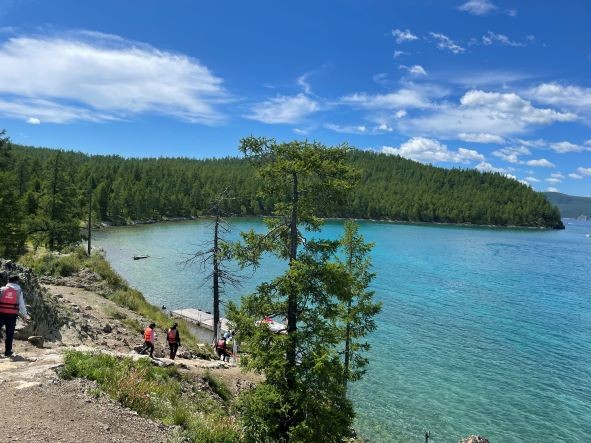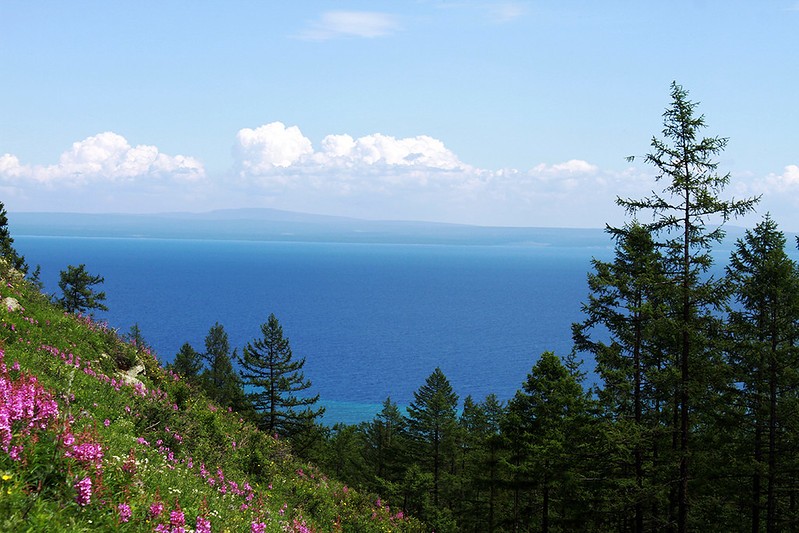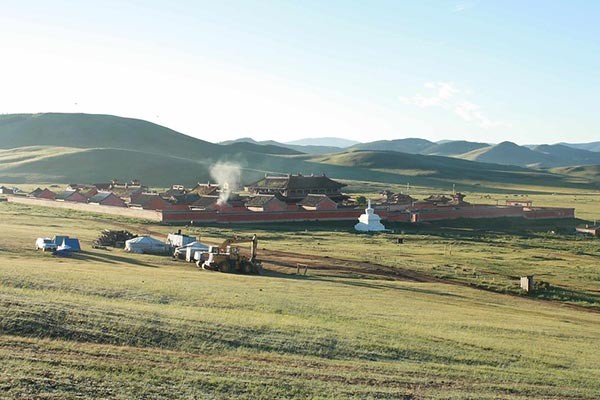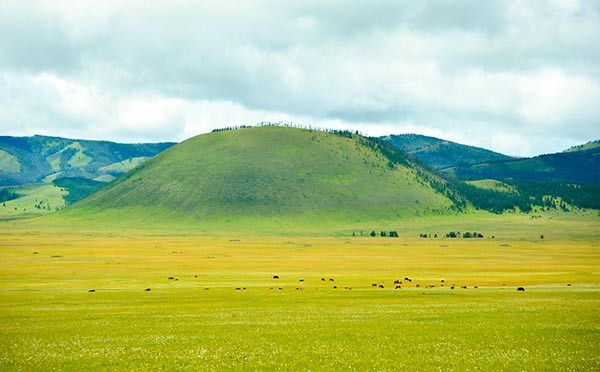
Khuvsgul Lake is located in northern Mongolia, in Khuvsgul aimag, near the border with Russia’s Tuva Republic. It is Mongolia’s largest freshwater lake and often called the “Blue Pearl of Mongolia” due to its crystal-clear waters. It contains nearly 70% of Mongolia’s fresh water and is one of the 17 ancient lakes worldwide, estimated to be 2–5 million years old.
Facts
Location
in Northern Mongolia, in Khuvsgul
Opened
1992
Baikal’s Younger Sister
Water from Khuvsgul flows into Lake Baikal in Siberia
Cultural Heritage
Home to the Tsaatan
Highlights
About the Park
Khuvsgul Lake National Park was established in 1992 and expanded in 2011 to 1,180,270 hectares. It includes the entire lake basin and surrounding mountain ranges, forming a transition zone between Central Asian Steppe and Siberian Taiga. The lake is surrounded by mountains rising 3,000–3,200 meters above sea level, with over 46 rivers flowing into it. Its waters are drinkable and extremely clear, reaching depths of over 100 meters, and by late November, the lake freezes with 1-meter-thick ice.
Khuvsgul Lake is the second largest lake in Mongolia by its area, after Uvs Lake which is a saline lake. But it is the largest freshwater lake in Mongolia and regarded as “the blue pearl of Mongolia” because of its water clarity, so clear that we can drink it.
Interesting Story
The Tsaatan people migrated to this region from Tuva during Soviet expansion in World War II to preserve their reindeer herds. Khuvsgul Lake and the surrounding valley have been a sanctuary for nomadic life and traditional shaman practices. Local folklore often praises the lake and taiga spirits for protecting wildlife and ensuring the survival of the Tsaatan people in harsh winters.
Why You Should Visit This Place

Natural Beauty: One of the clearest freshwater lakes in the world.
Adventure: Trekking, boating, fishing, and winter ice activities.
Wildlife: Observe rare mammals and endemic plants in untouched taiga.
Cultural Insight: Learn from the Tsaatan and Darkhad people about ancient nomadic traditions.
Best Time to Visit
Frequently Asked Questions
You can travel by road from Ulaanbaatar to Murun (around 1,000 km), then 100 km to Khatgal, the main lake access point. Small flights from UB to Murun are also available.
Yes, guided visits are allowed; respectful behavior is required, and local guides are recommended.
You can trek, boat, fish, observe wildlife, visit Tsaatan communities, or ice trek in winter.








